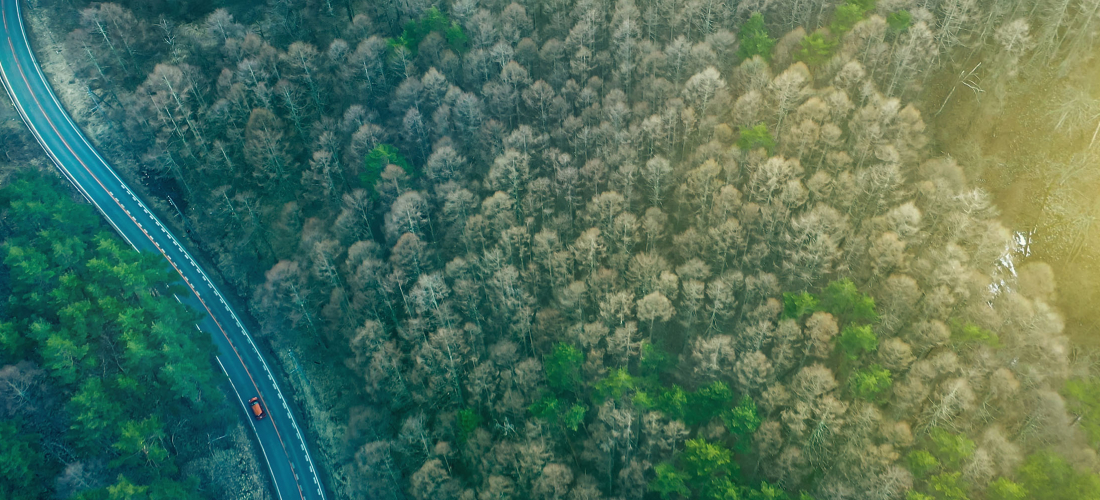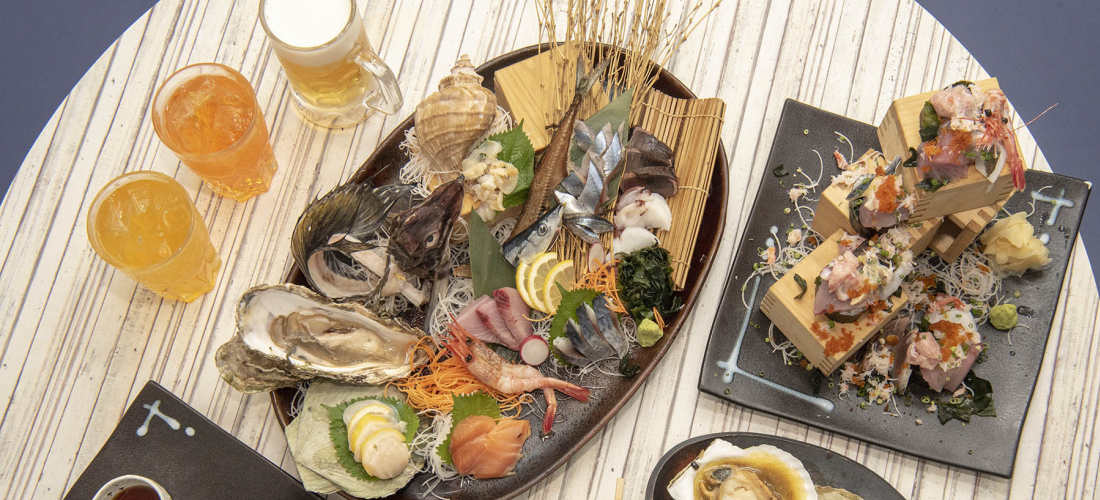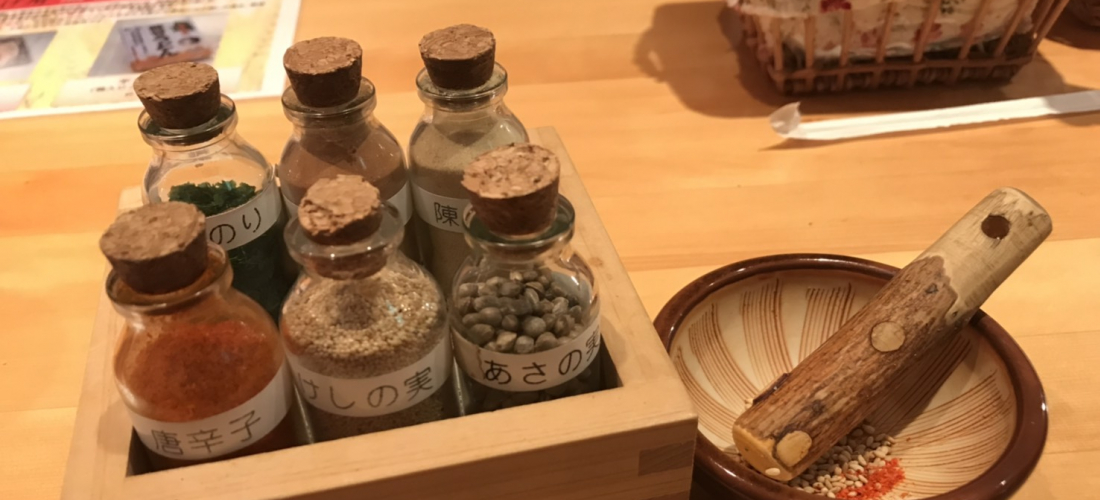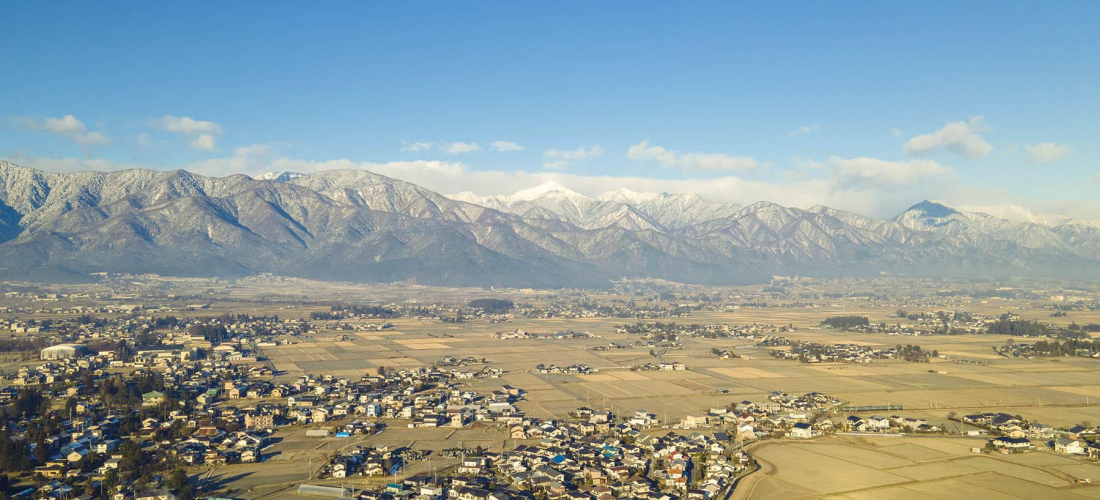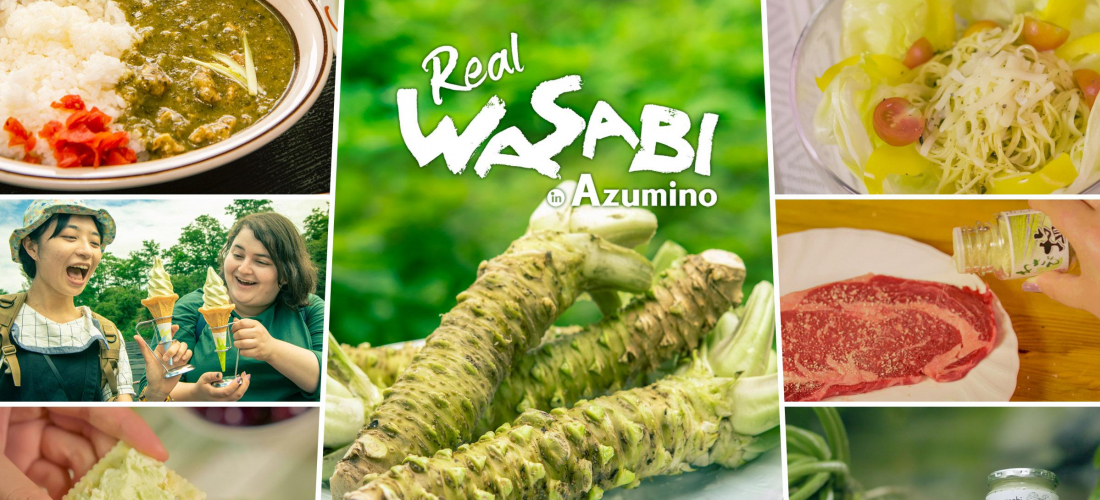
CONTENTS
Wasabi: a key flavor in Japanese cuisine, but most people never even taste the real thing. Sushi and sashimi are just the beginning, so join the Japankuru team as we explore the secrets of wasabi in Azumino, Nagano, home to the largest wasabi farms in the world.
Is It Wasabi? Horseradish? Mustard!?
What Is Real Wasabi?
Thanks to the ever-growing popularity of sushi, wasabi has become a fairly well-known condiment all over the world. But that little lump of green paste that comes with a plate of maguro or salmon is just the start of what wasabi has to offer, and really, it's probably not wasabi at all! The wasabi plant is closely related to horseradish and mustard, but it's much more difficult to grow, so a quick glance at the ingredients on a packet of grocery store "wasabi" will show you that it's 99% horseradish, 99% of the time.
When you pull real wasabi from the ground, it almost looks like a bumpy, green carrot, and the rootstalk portion of the plant (also called the rhizome) is what's ground up to eat with sushi. Genuine wasabi has that sharp spice we crave, but also a pleasantly green aroma, a little more complex than the fake green paste. But this unique flavor is what makes the real thing so versatile―real wasabi is used to add a little zing and enhance the flavor of all kinds of food in Japan, from traditional cuisine to modern recipes.
Wasabi's history in Japan starts back in ancient times, when it was used mostly as a medicinal remedy, and there's even an entry on wasabi in Japan's oldest lexicon of meidicinal plants (the Honzo Wamyo, 本草和名). Back then, the people of Japan learned of wasabi's many uses through experience, taking advantage of wasabi's ability to mitigate the smell of fish, keep dangerous bacteria at bay, and lower the chances of food poisoning, back in a time before refrigeration was invented. Finally, during Japan's Edo era (1603 – 1868), nigiri sushi (the kind now popular worldwide) rose in popularity, and the popularity of wasabi quickly followed, finally finding its way into the culinary world.
In recent years, researchers have returned to looking closely at wasabi, and to this day continue to find more interesting qualities hidden in the wasabi plant. Not only does wasabi have plenty of nutrients and anti-inflammatory properties, there's even some evidence that it can help prevent the spread of cancer. Plus, the beauty industry continues to look into wasabi's many uses. It's truly one of Japan's most iconic healthfoods.
The City of Azumino, Nagano Prefecture ・ Delicious Wasabi Grown with Water From Snowy Mountain Peaks
When talking about wasabi in Japan, Nagano's city of Azumino is sure to enter the discussion. Azumino sits at the base of the northern Japanese Alps, and the clean water from melting mountain snow trickles down through the earth, becoming rivers and underground streams that run through central Nagano's Matsumoto Basin. The biggest reason why wasabi is so rare is that the plants are picky, and require lots of clean, cold water to survive. Azumino is famous for its abundant fresh springwater, which makes it a perfect environment for growing wasabi, and as interest in wasabi has grown, wasabi farms small and large have flourished throughout the area. The biggest wasabi farm in Japan, Daio Wasabi Farm, is found in Azumino, and it's now a popular tourist attraction as well.
Azumino: a city dotted with mountain springs bursting with cool snowmelt. Regardless of the season, this springwater stays around 12°C ~ 14.5°C (54°F ~ 58°F), meaning wasabi can be grown throughout the year. From planting to harvest, wasabi plants take about a year to a year and a half to grow, so farmers shift through cycles and harvest plants throughout the year.
Bringing Japanese Wasabi to the Masses
The wasabi grown in Azumino, the epitome of Japanese wasabi, isn't only sold throughout Japan, it's also exported overseas. Thanks to special methods established by local farmers, wasabi is kept in excellent condition throughout the shipping process, and arrives fresh into the hands of people all over the world. At Fujiya Wasabi Farm, using their own unique combination of vacuum-packing and flash-freezing technologies, they can get the flavor of fresh wasabi to last up to a year.
Of course, as a place famous for wasabi, fresh wasabi straight from the fields isn't all you see in Azumino. Wasabi is an ingrained part of the local food culture, and in Azumino it's served alongside sushi, sashimi, and soba noodles, like many parts of Japan. But Azumino also produces all kinds of unique wasabi products, like condiments, snacks, and side dishes ready to serve. Minced wasabi greens, pickled wasabi made with sake lees, wasabi cream cheese, wasabi-flavored snacks, wasabi salt, and more can be found on store shelves in Azumino, and also shipped abroad for people to enjoy overseas.
Fresh Wasabi: Flash Frozen and Vacuum Packed
As mentioned above, the staff at Fujiya Wasabi Farm are pros at taking their fresh-picked wasabi and locking in the fresh flavor and texture for export, using vacuum packing and flash freezing.
During the Japankuru team's visit, Fujiya's owner Keiichi Mochizuki explained that while wasabi is famously delicious with sushi and sashimi, it's also fantastic with steak, really bringing out the flavor of the meat. Wasabi isn't just for Japanese food; it adds flavor to all kinds of cuisine.
The flash-frozen wasabi can actually be used as-is, without thawing, and grated right out of the freezer. The flavor is just as fresh as wasabi pulled from the ground, but for the first few minutes after grinding the frozen wasabi, the pleasantly bitter, leafy flavors come out more strongly than the sharp nose-burning spice. After being left to warm for a moment, it shifts to the classic spicy flavor profile. For anyone who can't deal with the burn, the farmers recommend trying the wasabi while still chilled!
Wasabizuke (Pickled Wasabi): Not Just the Rootstalk, but the Greens Too
Wasabi paste is made with the plant's rootstalk, so in Japan most people only imagine using wasabi by grating or grinding up the plant's lower portion. But the truth is that the greens, the plant's stalks and leaves, are also high in nutrients and are a part of the everyday diet in Azumino. Anyone who visits Daio Wasabi Farm is also likely to try the wasabi green curry, or wasabi soft serve ice cream, both made with wasabi greens! And since the greens are much more robust than the rootstalk, they stand up better to export, as well. Daio's curry and ice cream don't travel so well, so we recommend preparations with a longer shelflife, like wasabizuke (わさび漬け, Japanese pickled wasabi).
The people of Azumino make a few different kinds of wasabizuke products, including both wasabi greens preserved with soy sauce, and wasabi pickled with sake lees. While the soy-sauce-marinaded greens are especially good for adding a burst of flavor to simple dishes, the wasabizuke with sake lees is more of a unique experience. The wasabi's pleasant burn and the sake lees' unique aroma blend to create a fresh, head-clearing flavor unlikely to be found anywhere else. Read on below for some ideas for how to use both kinds of wasabizuke to bring recipes to a new level.
Wasabi Cream Cheese: The Choice of Milder Palates
Doesn't "wasabi cream cheese" just sound delicious!? It truly is a dreamy combination, so you're right to trust your instincts here. Azumino's fresh wasabi, added to a base of rich cream cheese, is a luscious mix with a hint of green color, and the resulting mix of wasabi heat and creamy cheese works so perfectly together that it's hard to stop eating. For those who want to try real wasabi but can't quite take the heat, this is an easy way to enjoy a hint of the plant's true flavor.
The man who created Wasabiya Yuu, and this particular product, is Yuho Matsumoto, who began making wasabi cream cheese as an easy way for his to wife to eat wasabi when she was diagnosed with cancer. There's some evidence that wasabi is effective against cancer, possibly preventing the spread of cancer cells in the body. These days, now that Matsumoto's wife has happily won her struggle with cancer, they make the wasabi cream cheese to share with people in Japan and elsewhere, hoping to provide an easy way for anyone to enjoy wasabi.
Not Just for Sushi, Try Wasabi Cooking!
Using fresh wasabi, wasabizuke, wasabi cream cheese, or other wasabi ingredients as ingredients, it all leads to discovering new flavors and new ways to bring life to everyday cooking. If you like to cook, or just like wasabi, check out our wasabi recipes to find a few new ways to use this unique ingredient!
Appetizer: Wasabi & Prosciutto
Ingredients: prosciutto (or other cured ham), wasabizuke, nuts & raisins
With a base of deep, meaty flavor from the prosciutto, adding hints of sweetness with the raisins and a little bit of wasabi's heat creates new flavorful dimensions. While these make a great appetizer, they also go well with wine, or your beverage of choice.
Main Dish: Steak & Wasabi
Ingredients: your choice of beef or pork steak, fresh-ground wasabi paste (or wasabi salt)
There's no denying that wasabi goes great with sushi and sashimi, but the people of Azumino insist that wasabi is an excellent addition to meat dishes, especially steak. Considering steak sauce sometimes uses horseradish, it's not a huge surprise, but after giving wasabi a try there's no doubt that this is a great combination. Make sure you've got some of Fujiya Wasabi Farm's wasabi in the freezer next time you cook up a juicy steak―adding a dab to every bite really brings out the steak's umami, or cuts through the richness of well-marbled meat. For a bit of extra convenience, keep a shaker of wasabi salt nearby to add a little kick to any meat dish.
Main Dish: Wasabi Greens Pasta
Ingredients: pasta, fresh wasabi, soy sauce marinated wasabi greens, wasabi salt
Optional: lettuce, bell pepper, cherry tomatoes, grated cheese
Take your average boiled pasta and throw it in a pan with a little olive oil, soy sauce wasabi greens, and fresh-grated wasabi, and you've got yourself a uniquely Japanese pasta dish full of savory greens and hints of heat. Serve it on top of a bed of salad, with lettuce, peppers, and tomatoes, or top it with cheese, to add a whole new layer of texture to the dish.
Perfect With Wine: Cheese and Crackers, Azumino Style
Ingredients: wasabi cream cheese and crackers, plus your choice of cherries, fresh mozzarella, clementine slices, nuts, raisins, etc.
Canapes don't get much simpler, but it's hard to beat this flavor! Top a cracker with a swipe of wasabi cream cheese and eat it as is, or add whatever suits your palate. (Even Yuho Matsumoto, who makes the wasabi cream cheese, thinks this is one of the best ways to enjoy it.) The Japankuru team particularly liked topping the cream cheese crackers with raisins (for a hint of sweet) and almonds (for a warm, nutty flavor), but there's no wrong choice, and adding fresh fruit to the mix brings a little bit of extra sophistication.
Bonus: Tips on How to Prepare Wasabi
These days, most restaurants serving fresh-grated wasabi rely on stainless steel graters, but in Japan wasabi is traditionally grated using boards covered in shark skin, and this practice is still common at high-end restaurants. Thanks to the rough, dense texture of shark skin, these boards help thoroughly grind the plant and release compounds important for wasabi's unique aroma and sharp spice.
However, as good as shark skin is at grating up delicious wasabi, it's not all that resilient when compared with stainless steal. When being used daily in a restaurant kitchen, a shark skin wasabi grater will only last about 3 months, before wearing down and no longer effectively grating the wasabi. They're not particularly cheap, either, so always keeping a high-quality shark skin grater around can be a little expensive. That's why Azumino's Keiichi Mochizuki, of Fujiya Wasabi Farm, has been working together with local Nagano steel-crafters to create a new kind of stainless wasabi grater, based off of careful calculations taken from real shark skin. This unique wasabi grater, called the "Oni Namida" (鬼泪, literally demon's tears), is reportedly just as good as real shark skin when it comes to grating wasabi, but without the short lifespan.
Trying Wasabi Cuisine in Azumino
If you do get a chance to visit Azumino yourself, don't miss the opportunity to try wasabi prepared in all kinds of ways! At Daio Wasabi Farm, for example, visitors can try wasabi-don (rice bowls topped with wasabi), wasabi green curry, wasabi beer, wasabi lemonade, wasabi ice cream, and more. After spending the day at the farm, we polled the Japankuru team to find out which wasabi treats were best, and when it came to lunch options the answer was unanimously "wasabi green curry!" As for wasabi ice cream, well, opinions were a little more split. Some people loved the flavor, and others were a little on the fence, so we recommend you try it to find out for yourself.
The view at Daio Wasabi Farm, with rows of growing wasabi plants stretching out into the distance, is a sight to be seen, and the food is definitely worth a try, but they've got a great selection of wasabi souvenirs to bring home, too. Wasabi peas (わさび豆) are a classic, and one of the most popular souvenirs, plus they also sell wasabi senbei (煎餅, rice crackers), wasabi cake, wasabi spice mixes, and various sauces like wasabi soy sauce―it's hard to decide what to try first. Still thinking about that wasabi green curry? They sell shelf-stable packages of that in the gift shop, too!
Aside from Daio Wasabi Farm, Azumino has plenty of great places to try the local wasabi, including great restaurants serving sushi and soba―must-eats when it comes to wasabi. After touring the city's restaurants, you might just be an Azumino wasabi expert.
Discover the Limitless Potential of Wasabi in Azumino
After taking a look at Azumino's wasabi, a product of beautiful mountains and fresh clear springwater, and after seeing all the ways that wasabi can be enjoyed, are you ready to taste it for yourself? If you get the chance, we invite you to try one of our wasabi recipes and share it with friends and family, or to come up with a wasabi recipe of your own. We'd love to see what you make! And for anyone without much confidence in their cooking skills, let us know if you find some good wasabi cuisine, at the Japankuru twitter, instagram, and facebook!
Interested in trying Azumino wasabi for yourself? Find them at the links below:
Daio Wasabi Farm
Official Website: https://www.daiowasabi.co.jp/
Webshop: https://www.daiowasabi.co.jp/shopping/
Fujiya Wasabi Farm
Official Website: http://fujiyawasabi.com/
Webshop: https://fujiyawasabi.theshop.jp/
※products mentioned above
・Fresh Wasabi small ¥500 / medium ¥950 / large ¥1,500
・Soy Sauce Wasabizuke ¥432
・Sake Lees Wasabizuke ¥1,080
・Special Oni Namida Stainless Steel Wasabi Grater ¥22,000
Wasabiya Yuu
Official Website: https://wasabiyayuu.com/
Webshop: https://wasabiyayuu.com/shop
※products mentioned above
・Wasabi 2L-size ¥1,296 / 3L-size ¥1,620 / King-size ¥1,944
・Wasabi Cream Cheese ¥1,200
Learn more about Azumino's wasabi here:
・Azumino City (Wasabi Promotion): https://www.city.azumino.nagano.jp/soshiki/29/64480.html
・Grace of Azumino: http://grace-azumino.jp/category/wasabi/
Details
NAME:Azumino, Nagano (長野県安曇野市)
COMMENT
FEATURED MEDIA
VIEW MOREMAP OF JAPAN
SEARCH BY REGION

LATEST
VIEW MOREEVENT CALENDAR
VIEW MOREMOST POPULAR
 Tokyo Winter Recommendation: Don’t Miss Tokyo Mega Illumination, Japan’s #1 Light Show
Tokyo Winter Recommendation: Don’t Miss Tokyo Mega Illumination, Japan’s #1 Light Show ป้ายยาสินค้าน่าซื้อในร้านขายยาญี่ปุ่น | KOWA ผลิตภัณฑ์เพื่อสุขภาพสำหรับคนยุคใหม่
ป้ายยาสินค้าน่าซื้อในร้านขายยาญี่ปุ่น | KOWA ผลิตภัณฑ์เพื่อสุขภาพสำหรับคนยุคใหม่ Okinawa Family Road Trip: Japanese Glasses Shopping at San-A Urasoe West Coast PARCO CITY, Discount Coupons, & Okinawa Sightseeing with JINS
Okinawa Family Road Trip: Japanese Glasses Shopping at San-A Urasoe West Coast PARCO CITY, Discount Coupons, & Okinawa Sightseeing with JINS


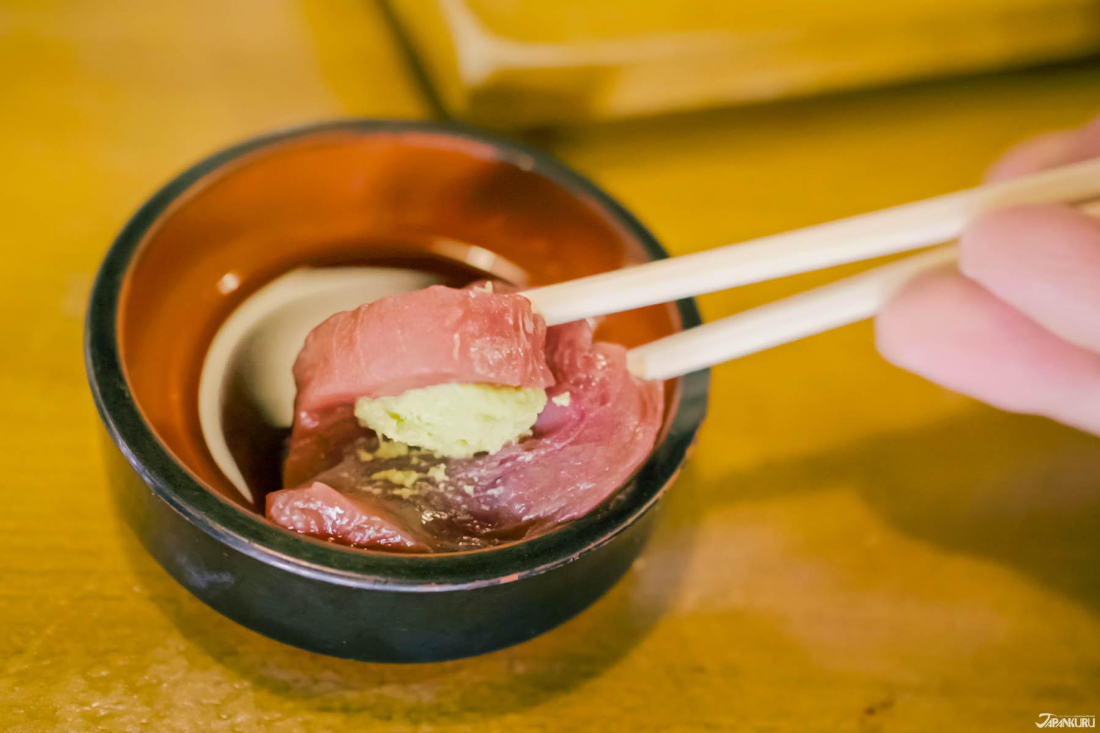

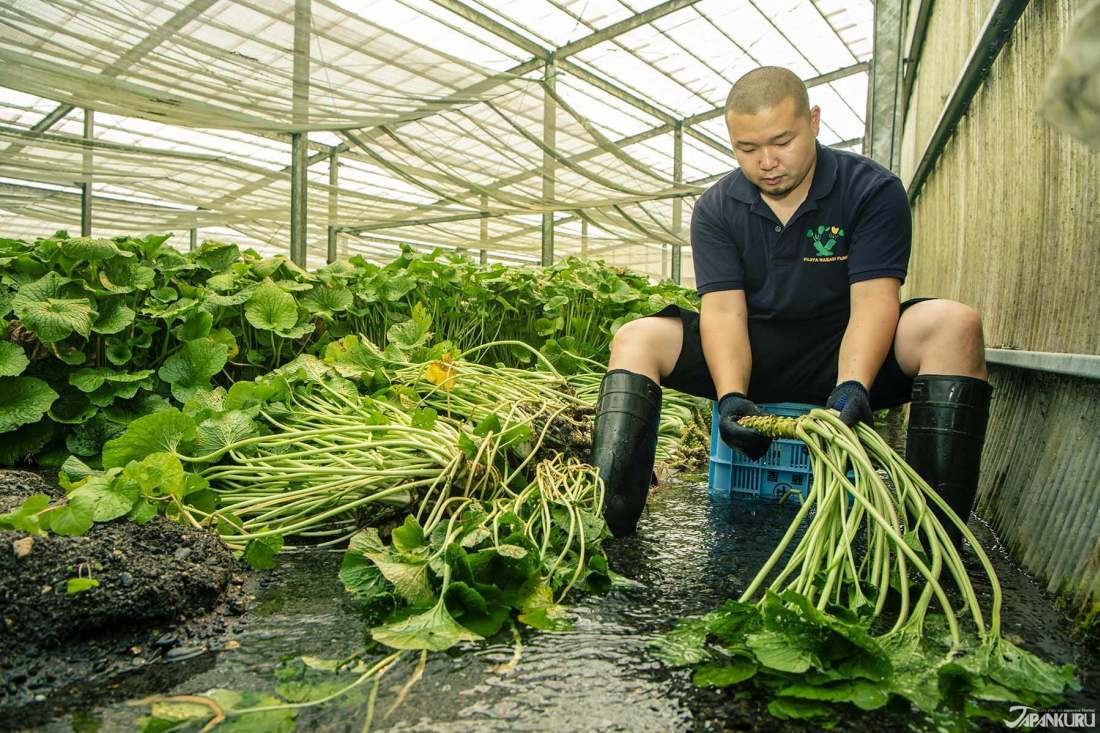


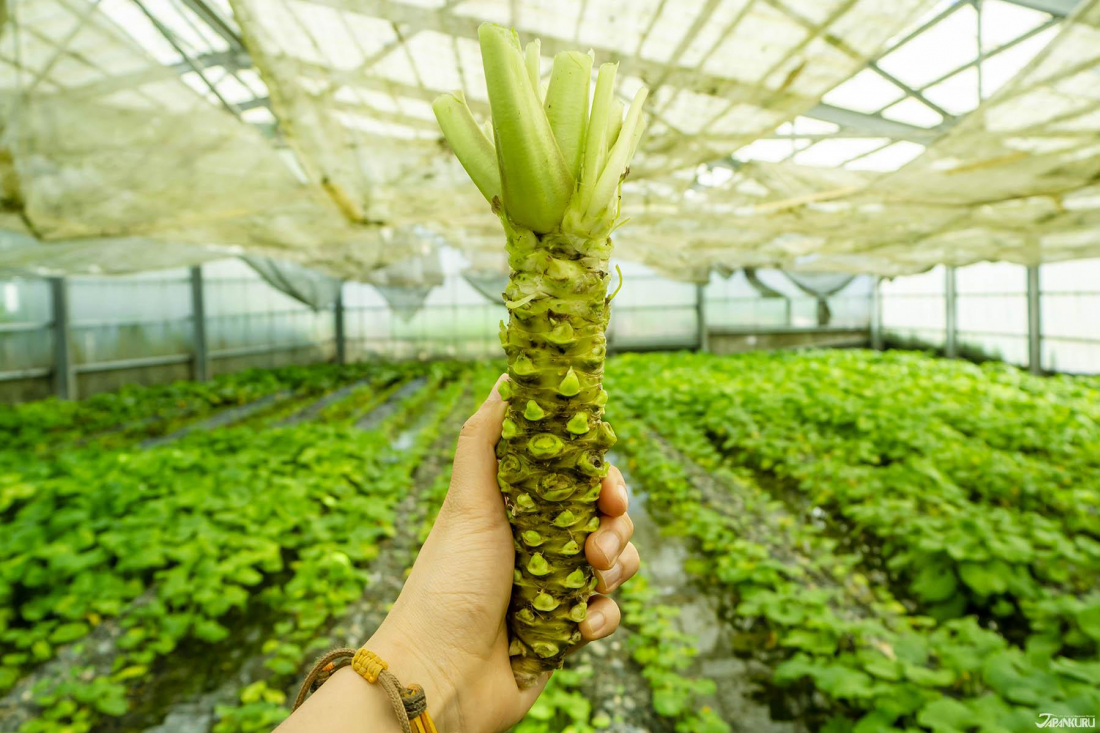

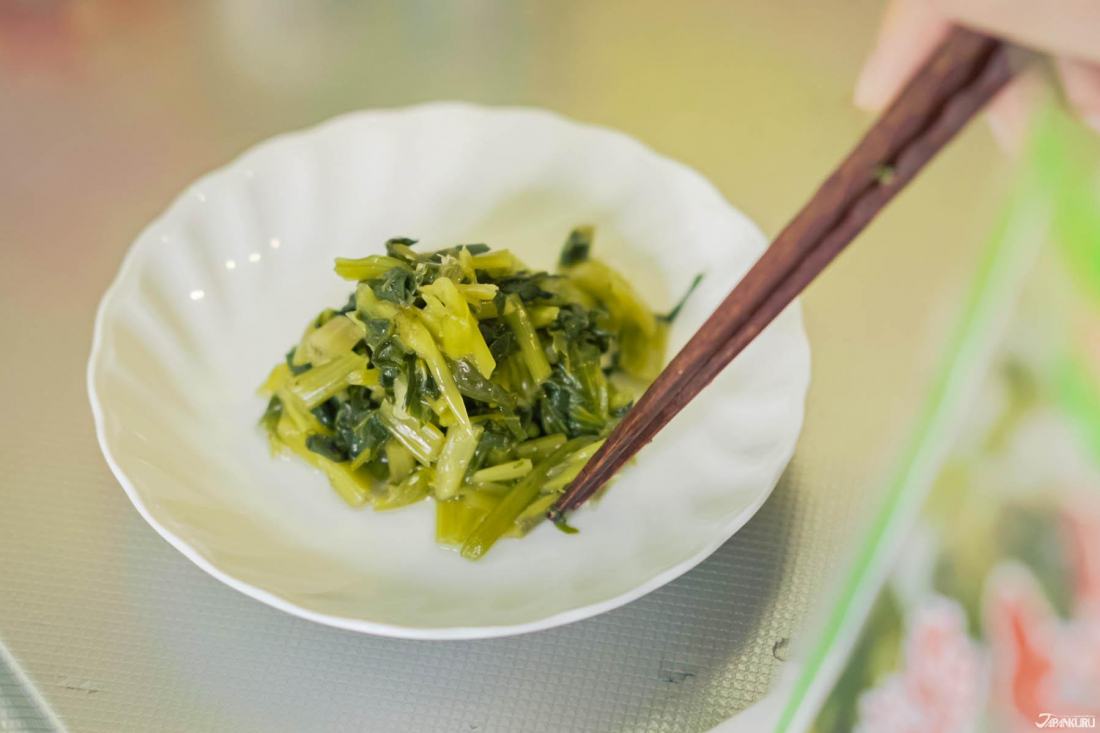
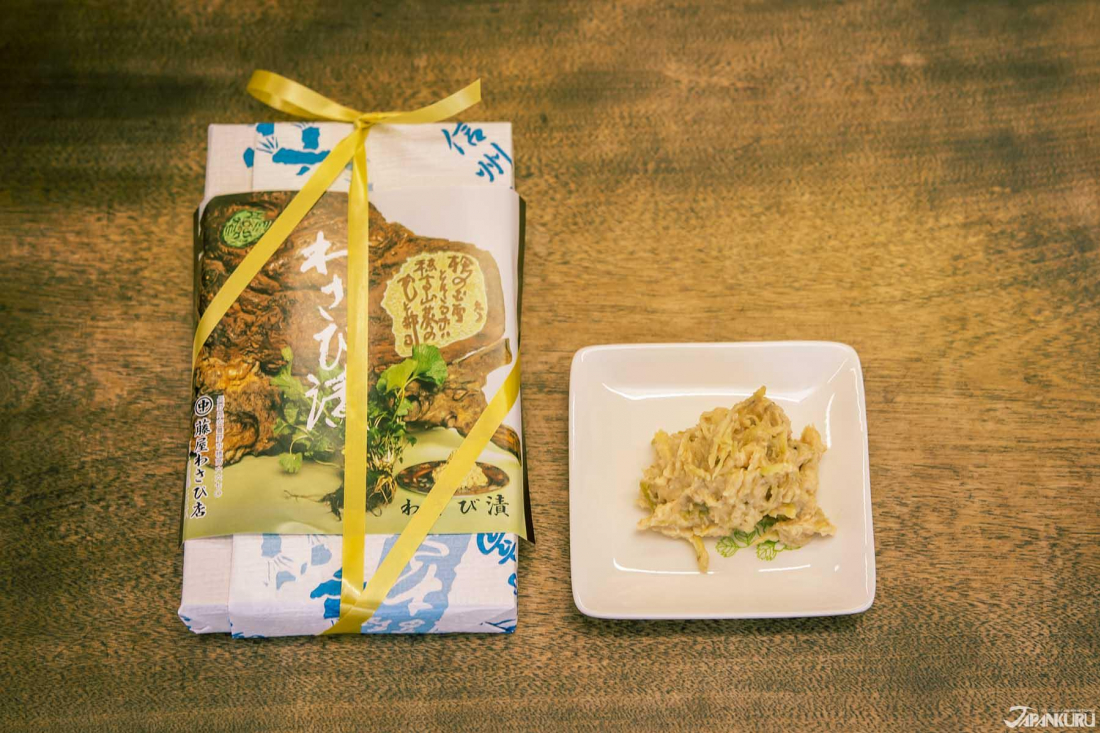
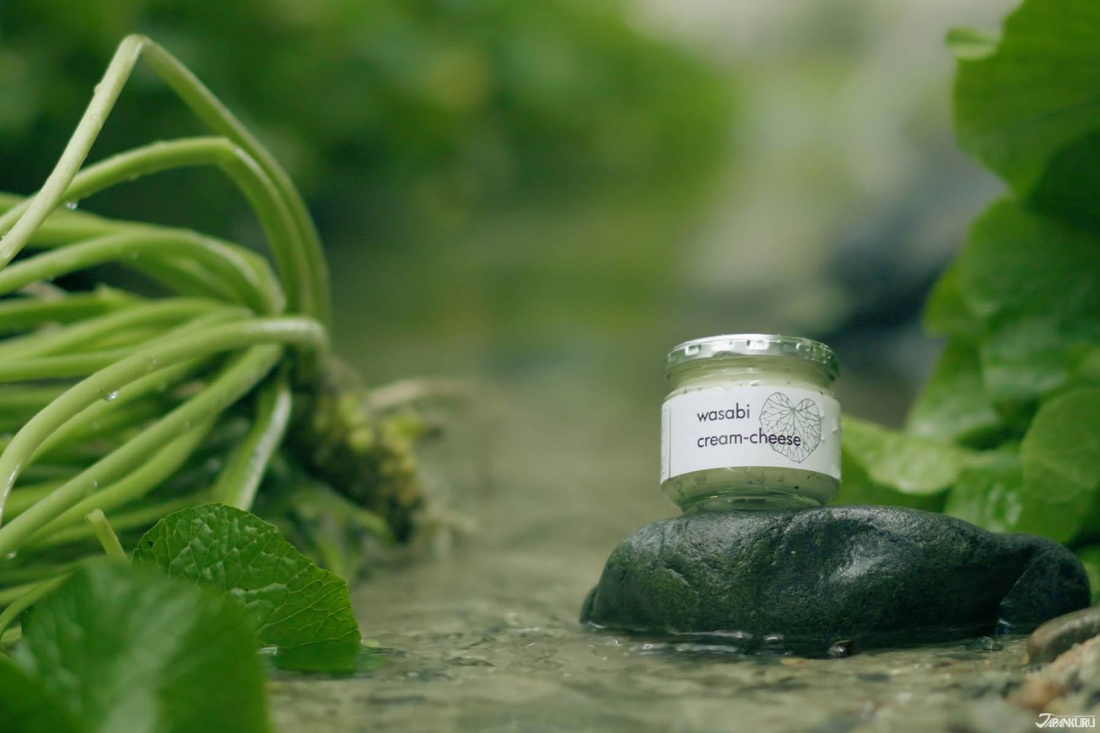
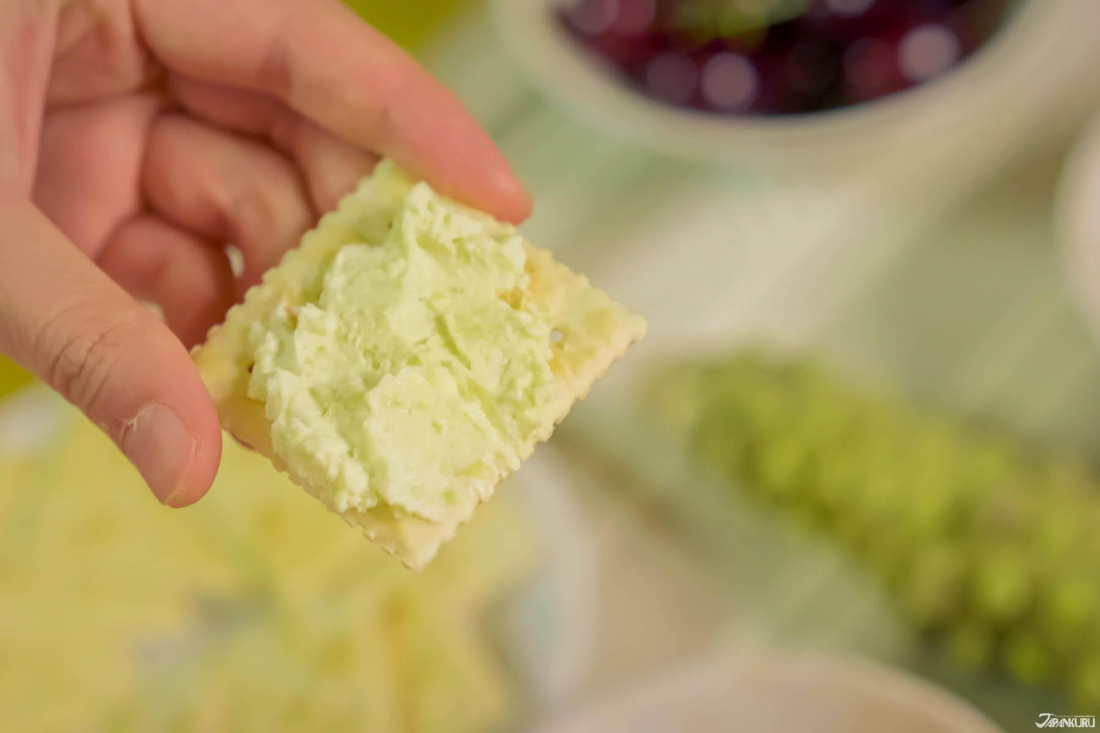

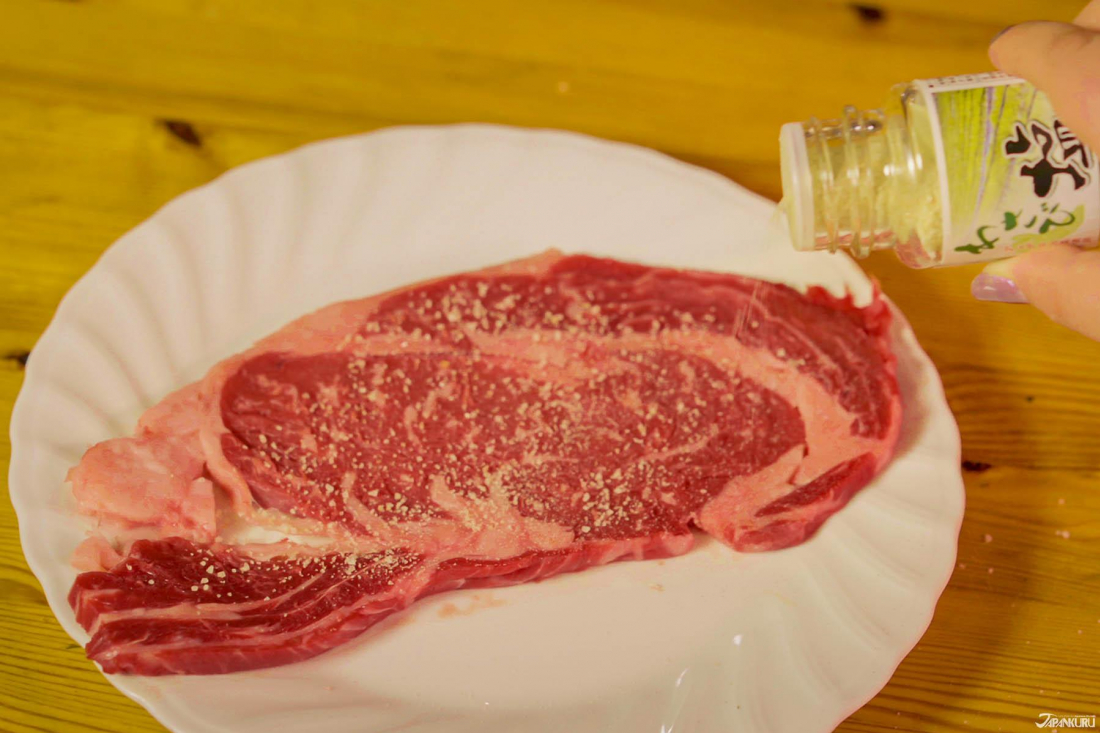


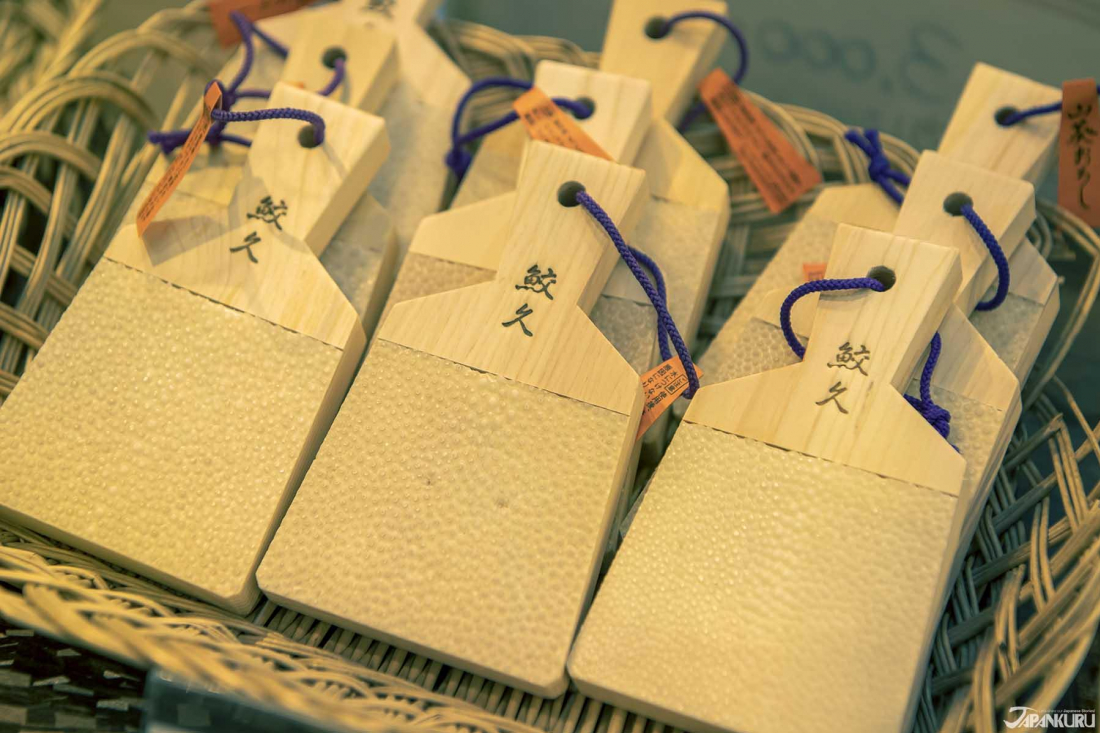



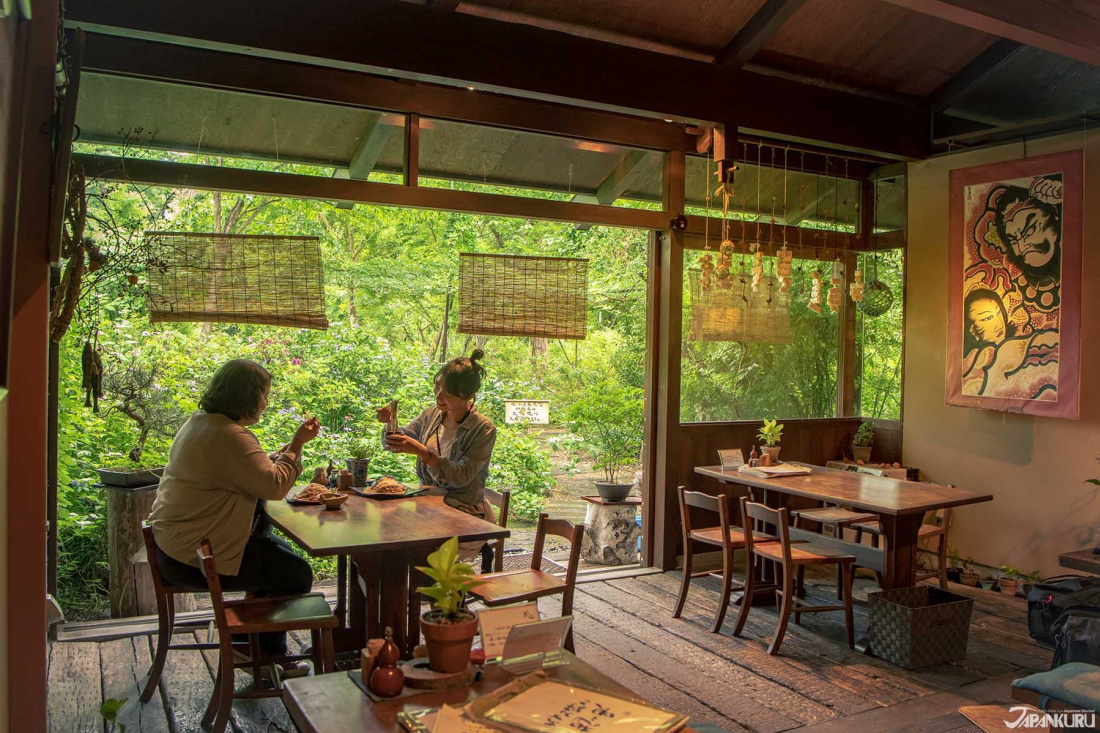
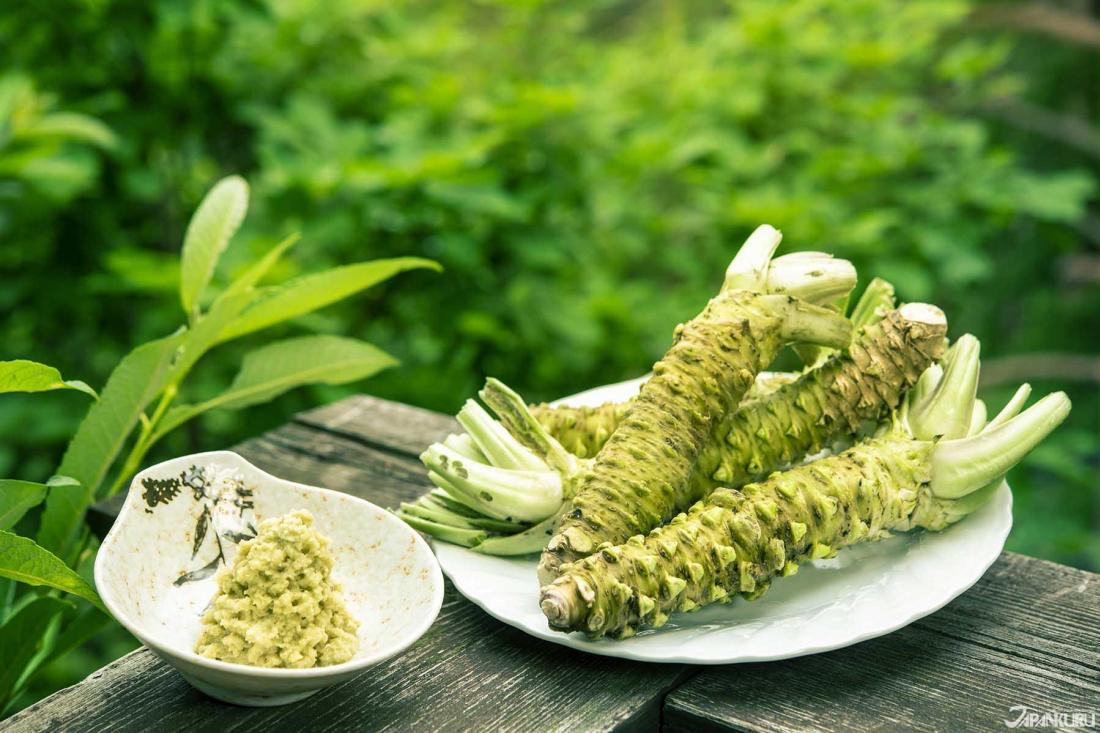




 >> Find out more at Japankuru.com! (link in bio)
#
>> Find out more at Japankuru.com! (link in bio)
#





 The Robot Restaurant is gone, but the Samurai Restaurant is here to take its place. Check it out, and don't forget your coupon!
The Robot Restaurant is gone, but the Samurai Restaurant is here to take its place. Check it out, and don't forget your coupon!
 신주쿠의 명소 로봇 레스토랑이 사무라이 레스토랑으로 부활! 절찬 쿠폰 발급중
신주쿠의 명소 로봇 레스토랑이 사무라이 레스토랑으로 부활! 절찬 쿠폰 발급중
 18歲以上才能入場的歌舞秀,和你想的不一樣!拿好優惠券去看看~
#tokyo #shinjuku #samurairestaurant #robotrestaurant #tokyotrip #도쿄여행 #신주쿠 #사무라이레스토랑 #이색체험 #할인이벤트 #歌舞伎町 #東京景點 #武士餐廳 #日本表演 #日本文化體驗 #japankuru #japantrip #japantravel #japanlovers #japan_of_insta
18歲以上才能入場的歌舞秀,和你想的不一樣!拿好優惠券去看看~
#tokyo #shinjuku #samurairestaurant #robotrestaurant #tokyotrip #도쿄여행 #신주쿠 #사무라이레스토랑 #이색체험 #할인이벤트 #歌舞伎町 #東京景點 #武士餐廳 #日本表演 #日本文化體驗 #japankuru #japantrip #japantravel #japanlovers #japan_of_insta
 코지마 x 빅 카메라 쿠폰으로 일본 가전 제품 쇼핑하기
#pr #japankuru #japanshopping #kojima #biccamera #japaneseskincare #yaman #dji #osmopocket3 #skincaredevice #日本購物 #美容儀 #相機 #雅萌 #日本家電 #일본여행 #면세 #여행꿀팁 #일본쇼핑리스트 #쿠폰 #일본쇼핑 #일본브랜드 #할인 #코지마 #빅카메라 #japankurucoupon
코지마 x 빅 카메라 쿠폰으로 일본 가전 제품 쇼핑하기
#pr #japankuru #japanshopping #kojima #biccamera #japaneseskincare #yaman #dji #osmopocket3 #skincaredevice #日本購物 #美容儀 #相機 #雅萌 #日本家電 #일본여행 #면세 #여행꿀팁 #일본쇼핑리스트 #쿠폰 #일본쇼핑 #일본브랜드 #할인 #코지마 #빅카메라 #japankurucoupon









































